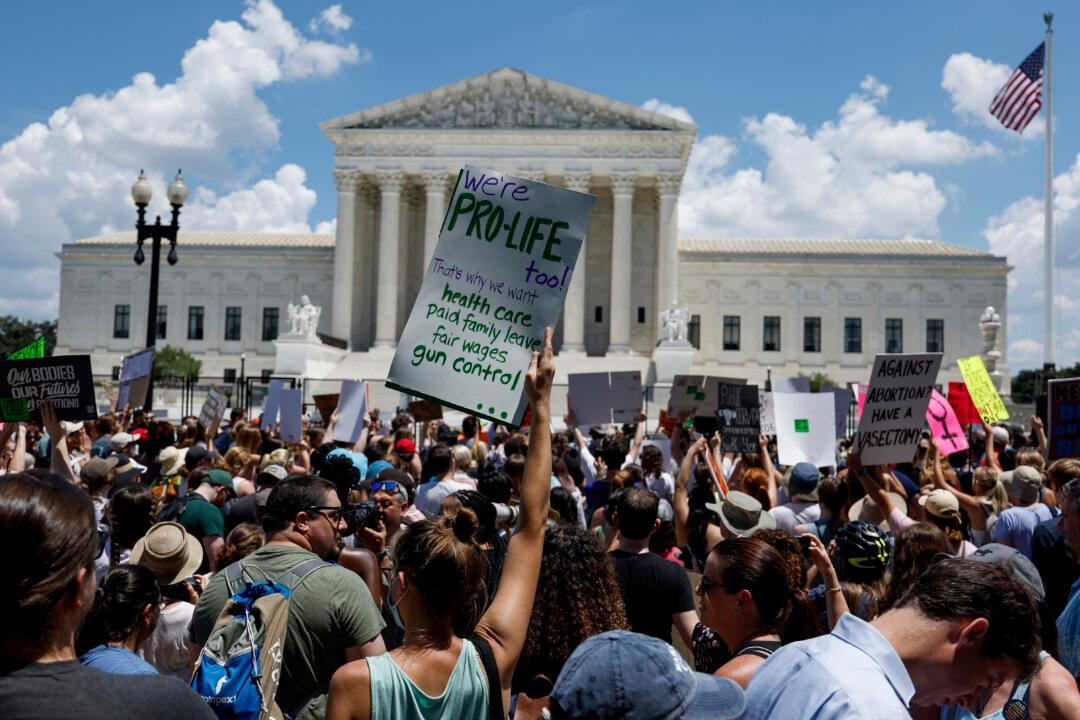The United States had a record number of drug overdose deaths in 2021, despite a decades-long effort to curb the illicit drug market. The solution to this epidemic is hotly contested, with some saying it is necessary to legalize illicit drugs, to weaken drug cartels, and others want to keep illicit drugs illegal but get more precise in targeting the source of drugs like Fentanyl.
Neil Woods spent 14 years undercover in the U.K. to bring down drug cartels and advocates for legalizing illicit drugs, while Derek Maltz, former head of Special Operations for the Drug Enforcement Administration (DEA), said law enforcement needs to keep those drugs illegal and get tougher on sources of Fentanyl and cartels.






